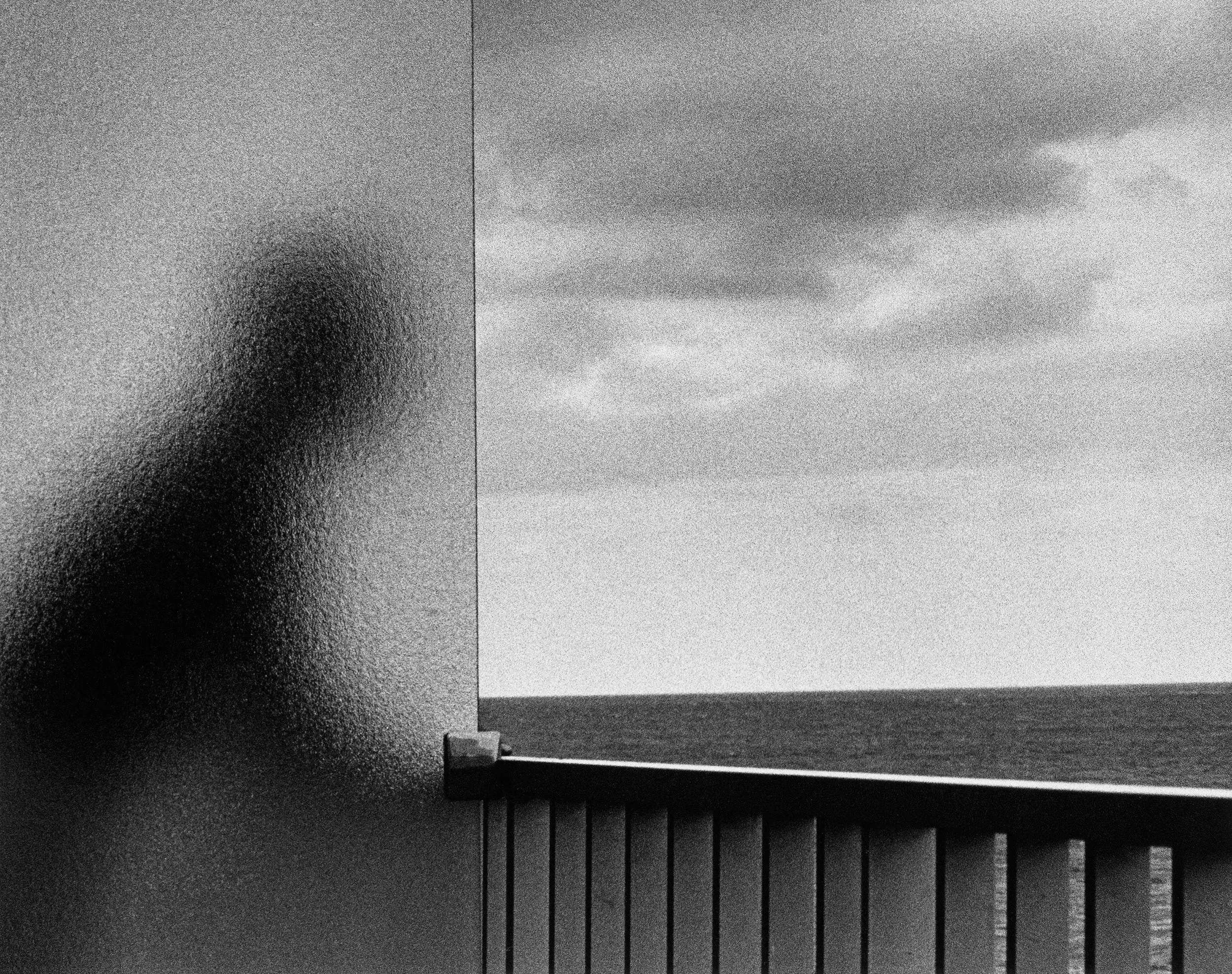Courtesy of Estate of André Kertész © 2025
Why André Kertész?
André Kertész, regarded as “a poet with a camera", is widely known as a pioneer of photography as an artform. As an amateur student of photography, I was familiar with his work and many of his most famous photographs. But it wasn’t until recently that I discovered his wonderful later images in The Polaroids; bright and colorful, simple yet so full of life; an echo of the connection to life and humanity that he captured in his earlier black-and-white images.
I read the introduction by Robert Gurbo, curator of the Kertész catalogue, and was fascinated by a simple but compelling story: forces beyond his control drew André away from his dream of a life as an artist, taking him from his beloved Paris to a cold and harsh New York where he spent decades photographing for mid-century style magazines. Only as he entered his sixties did he begin to receive the accolades he deserved for his artistry. Yet just as he began to reconnect to his artistic self the unexpected death of his wife, Elizabeth, left him lost and bereft and seemed to all but snuff out his creative spirit.
Then two rather remarkable things happened: One day while on a walk through his neighborhood, André noticed a glass bust in a shop window; the contours of its form were remarkably like Elizabeth’s. He bought the figurine and took it home to his apartment. Captivated by its shape and the way the light reflected and refracted through the glass figurine, he dug out a Polaroid camera that a friend had gifted him but that he had set aside and ignored. Placing the bust in various places around his apartment, he began to take photographs with the new camera, eventually finding other objects of fascination and photographing them as well. Little by little his energy returned. His creative spark reawakened; he went on to create this lovely final chapter to his life’s work.
As a composer, I have spent the bulk of my creative life writing music in the service of telling stories. André’s story struck me deeply and I was immediately compelled to find a way to tell it. I reached out to playwright Gayle Hudson and pitched the idea to her. After spending some time getting to know André and his work, she, too, found a connection to André’s story and has written a beautiful and compelling libretto that captures perfectly the essence of André’s life, his photography and the undying power of love and art.
Steve Bramson 2023
